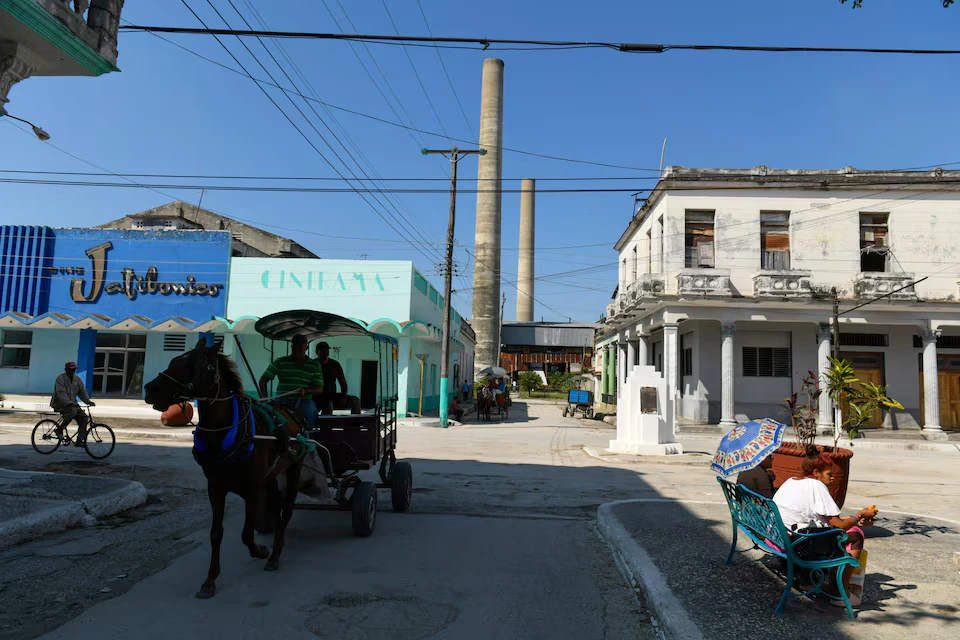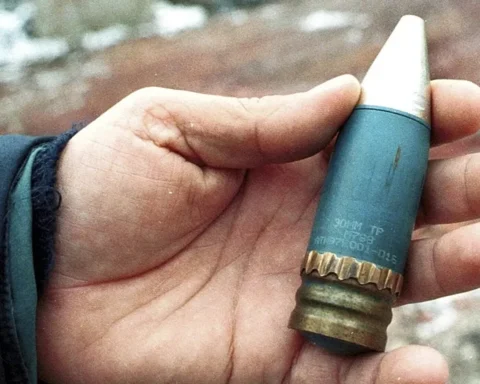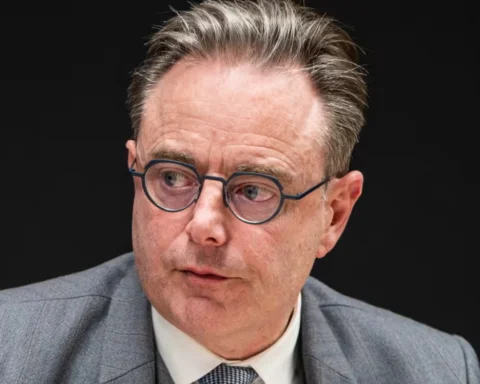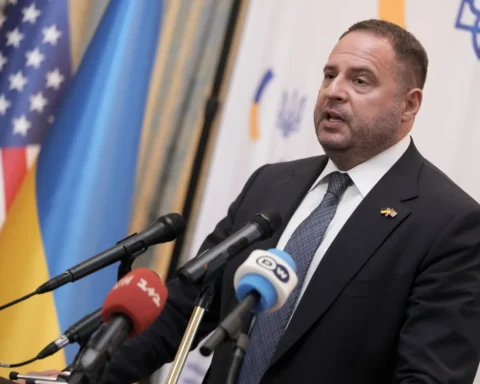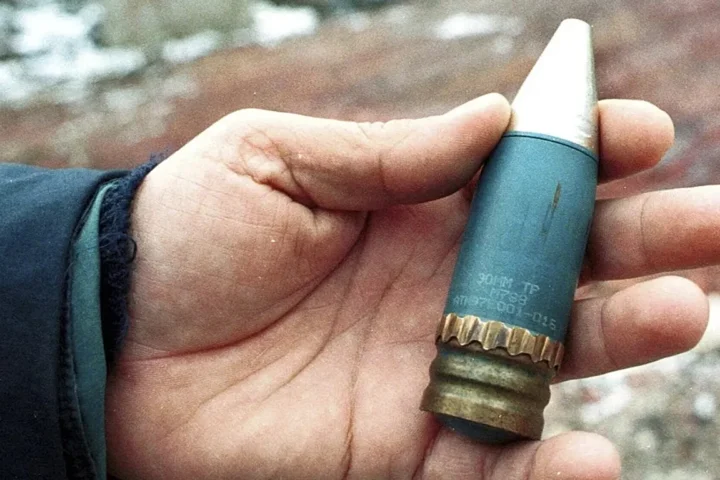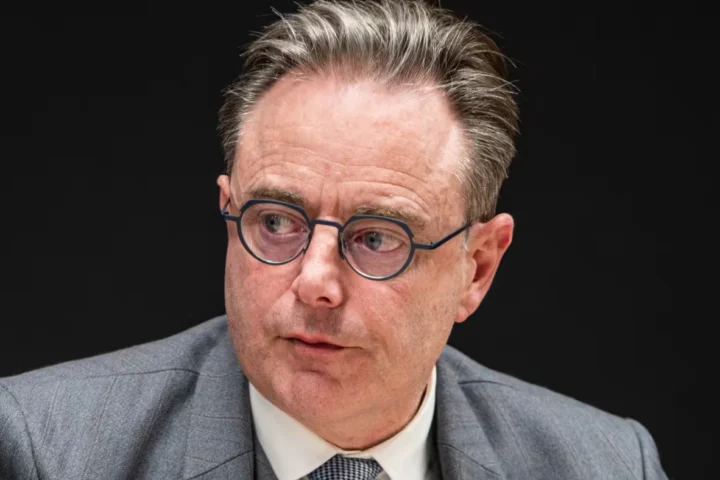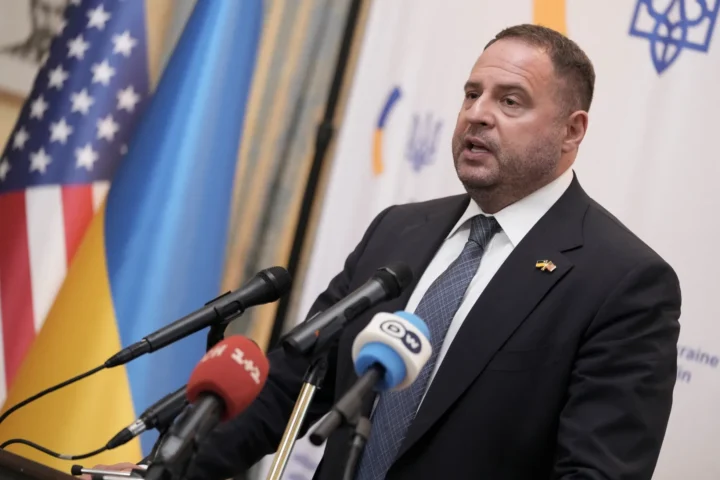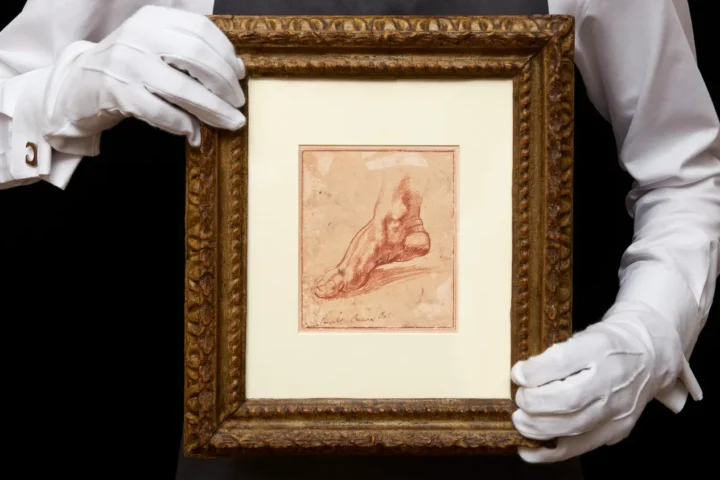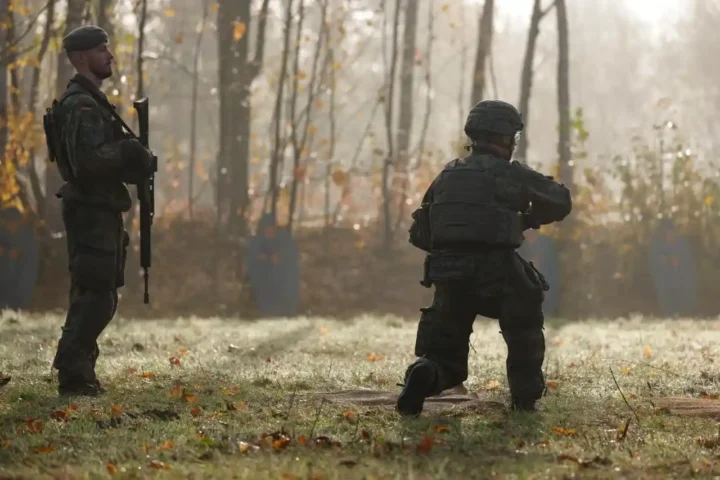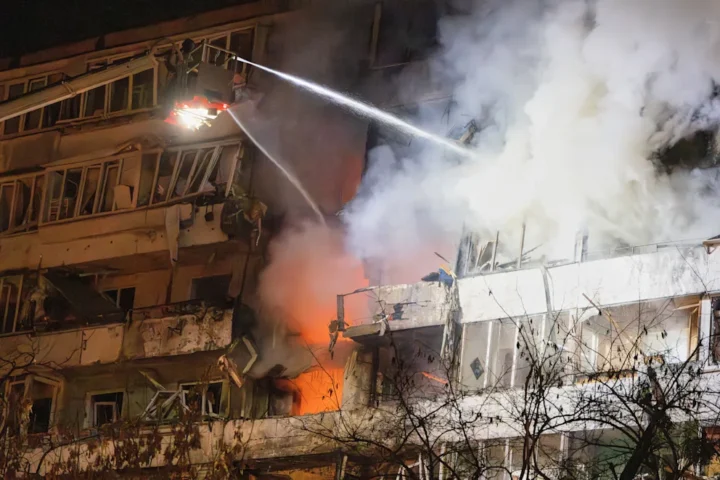Deep in central Cuba, in the town of Jatibonico, life seems frozen in the 19th century. Reached via rutted roads from Havana, the town is filled with horse-drawn carriages, and power outages stretch for hours both day and night. The once-largest sugar mill in the country stands silent — lacking parts, fuel, and electricity.
Two years ago, the Russian company Progress Agro pledged to revive the plant with new machinery, fertilizers, and technical expertise. “When are the Russians coming? That’s all anyone talks about,” says 58-year-old Carlos Tirado Pino, one of the few remaining mill workers.
But while Russia stalls, major progress is happening just out of sight: bulldozers are clearing a former cane field to make room for a Chinese-financed solar park with a capacity of 21 MW. It’s just one of 55 similar solar energy projects being launched across Cuba this year with Chinese funding.
According to a Reuters investigation, China is quietly stepping into the vacuum left by Russia — launching crucial infrastructure initiatives at a time when Cuba faces devastating economic collapse. With food, fuel, and medicine shortages, rolling blackouts, collapsed tourism and exports, and renewed U.S. sanctions under the second Trump administration, the island is in urgent need of help.
Cuba joined China’s Belt and Road Initiative in 2018. Since then, Beijing has steadily invested in strategic sectors like transport, ports, and telecoms. Meanwhile, Russia — entangled in the war in Ukraine and reluctant to offer more loans to a crisis-ridden Cuba — is fading as a historic ally.
“Russia’s promises have always outweighed its performance,” notes William LeoGrande, professor of Latin American politics at American University. “If China is stepping up now, it might actually be a lifeline.”
China Takes Action: Energy, Infrastructure, Delivery
Cuba’s power grid has failed four times in the past year, plunging homes, schools, and businesses into darkness. Amid this crisis, China’s involvement stands out. On February 21, Cuban President Miguel Díaz-Canel and Chinese Ambassador Hua Xin inaugurated a solar plant in the Havana suburb of Cotorro, with the Cuban leader praising the effort as a “collaboration with our sister Republic of China.”
Since then, eight more solar parks have come online, according to Cuba’s national grid operator UNE. Together with previously installed systems, they’re producing around 400 MW of energy — about a third of the country’s midday shortfall. Chinese-funded projects are expected to push this to over 1,100 MW by year’s end, nearly covering the daytime gap and saving vital fuel for nighttime use.
In 2025, China plans to build another 55 solar parks, followed by 37 more by 2028, for a total of 2,000 MW — nearly two-thirds of Cuba’s current energy demand. Alongside this, China has committed to helping modernize Cuba’s entire electrical grid.
China the Supplier, Builder, Organizer
China’s growing presence is felt across the island. Since August 2024, Cuba’s main port, Mariel, has received a steady stream of Chinese ships bringing solar panels, steel, tools, and even fuel for inland transport. Tractor trailers bearing Chinese markings are now common on Cuba’s roads, even in remote towns like Jatibonico.
Truck driver Noel Gonzalez, who recently delivered gravel to a solar site outside Jatibonico, expressed both surprise and appreciation for Chinese precision. “The Chinese workers check every liter of fuel, every route we take,” he said.
Russia: Grand Promises, Little Follow-Through
In May 2023, Russia seemed ready to help Cuba too. Deputy Prime Minister Dmitry Chernyshenko flew to the island to reopen Cuba’s largest steel plant, a project reportedly backed by $100 million in Russian financing. The reopening was touted as a shining example of Russian-Cuban cooperation.
The plant director promised a production surge to 62,000 tons of steel bars in 2024. Yet by April, Cuba’s statistics agency reported output of just 4,200 tons. The plant sits idle again. “If the plant were running, you’d hear it, see workers. I’ve seen nothing,” said Esperanza Perez, a 37-year-old bakery worker. “There’s no benefit for us here.”
After the ribbon-cutting, Chernyshenko signed at least eight agreements between Cuban state agencies and Russian companies, according to a document seen by Reuters. These included wheat shipments, a “Rusmarket” in Havana, restoration projects in Old Havana, and even AI cooperation. There was also an ambitious plan to rebuild the coastal Tarará residential district, famous for its beaches.
But today, most of Tarará lies in ruins. Many buildings are abandoned, and the marina is clogged with silt. The “Rusmarket” — which was expected to open two years ago — remains delayed. Plans to launch a larger Russian retail store in the Yumuri department store also appear defunct. Likewise, the Russian-led restoration of the Santo Angel building in Old Havana has stalled.
Reuters was unable to reach CGC Investments, the Russian firm involved in many 2023 deals. Neither Russia’s embassy in Havana nor its Foreign Ministry responded to inquiries.
What Russia Did Deliver
To be fair, Russia has followed through on some aid. Russian state-backed companies sent wheat and oil by sea. Moscow also encouraged Russian tourism to Cuba, bringing in some foreign currency. And in May 2025, Chernyshenko announced a plan to subsidize interest rates for Russian businesses willing to invest up to $1 billion in Cuba, calling the island a “reliable partner.”
“There’s still a long road ahead,” he told reporters in Moscow. “We’ll move forward step by step — there’s no such thing as magic.”
China Redefines the Relationship
While both Moscow and Beijing claim to support Cuba, it’s China that’s delivering tangible results. Chinese projects are not just promises — they’re changing lives on the ground by providing electricity, jobs, and a glimpse of stability.
Former U.S. intelligence officer Fulton Armstrong called Chinese investments “a major benefit” — but cautioned they won’t be enough to offset the effects of renewed U.S. sanctions. “Havana can’t rely on magic pills from either Russia or China,” he said. “Only massive Chinese trade and aid could rescue the island — and that doesn’t seem realistic right now.”
Even so, China’s expanding role marks a turning point for Cuba. The island, long a battleground of geopolitical influence, is now seeing a quiet but powerful shift — with Beijing emerging as the new driving force behind Cuba’s fragile recovery.
This article was prepared based on materials published by Reuters. The author does not claim authorship of the original text but presents their interpretation of the content for informational purposes.
The original article can be found at the following link: Reuters.
All rights to the original text belong to Reuters.


